Media relations is dead
That is a myth. My public relations (PR) career began with media relations when I was on my university placement year. In my current role, 50 percent of my time is spent securing coverage for a range of consumer and corporate brand clients and setting up opportunities for them to meet with the right people. There is no feeling like the buzz of securing coverage in top titles, radio stations and TV shows for my clients. I often do a little dance!
As you can probably tell, I’m a big proponent of media relations. I’ve seen how it can establish trust early on in a client relationship because they have physical evidence of results. What does this mean to the client? It can raise brand visibility overnight and lead to invaluable relationships with journalists. Endorsed, earned coverage is powerful.
My media release has died…
There are times when coverage falls through. Despite spending a significant amount of time developing newsworthy material and working our media contacts selling in the story. There’s no worse feeling than a media release dying a death. But if bigger news or wold events happen that mean our stories are dropped there is little we can do.
The industry can be tough. No, let me rephrase that, media relations IS tough. If you are a PR practitioner yourself, you already know media relations is challenging. It requires a high level of resilience, creativity and organisation. Being told ‘no’ or ‘that’s not for me’ by journalists requires a thick skin. That is where the relationships come in, for unlike advertising, nothing is guaranteed. It can also be hard to evaluate and we have specialist software to track and measure impact.
I can understand why people misunderstand the value of PR and focus on more controllable forms of content on owned channels like blogging, social media and email marketing. All extremely useful of course, but lacking editorial endorsement. Being a millennial, I had major phone anxiety. The only person I would call on a daily basis was my mum. How could I possibly pitch in a story to someone I didn’t know about a brand-new client? I would put it off and my colleagues picked up on it.
I still cringe at my previous pitching style. “Hi so and so, how are you?” I was greeted with a ‘who is this?’. As soon as I mentioned PR, there was a sigh. Even if it was silent. The journalist’s tone of voice would change instantly. Now I know to get straight to the point (but I still write a mini script as a backup!).
“You’re wasting my time”
Rejection from a journalist. This is one of the reasons why many PR’s opt for email distribution. Spray and pray as we call it. But by not getting on the phone, building a relationship and knowing what your top tier media for each clients are writing about, what their pet annoyances are and what is going to make a strong story – you’re missing out big time. Wasting time developing materials that won’t hit the spot and not getting the level of targeted pick up your clients’ message deserves.
We learn and move on. We ask ourselves: Why did that story fail? What was the response from the first three journalists we contacted? Should we try a different approach? It is all a learning curve.
Coverage is sexy
Media relations is not dead, on the contrary, it is essential to the success of a PR strategy. Targeted coverage gets results. And coverage is sexy. Clients still love seeing their name in local, trade and national media outlets – especially when that coverage starts conversations to change legislation, feeds a sales pipeline or attracts new partners. In fact, here at Milk & Honey PR, we love seeing our clients name in print, hearing it on the radio and seeing them talking to us through broadcast content.
Media relations is not going away folks. It’s alive and well, measurable and relevant. And it will continue to be in the foreseeable future.








